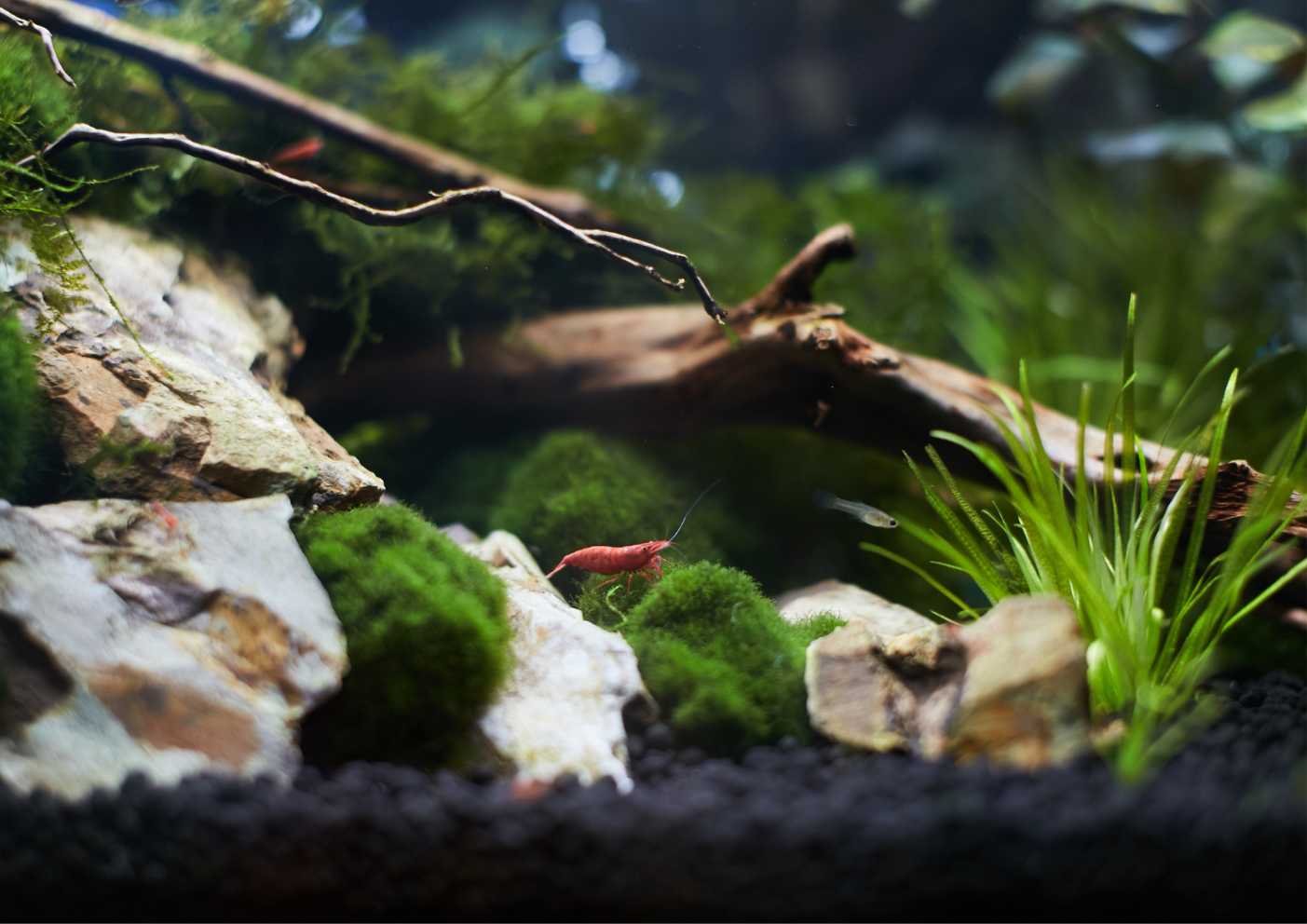
Having fish as pets can be a fun and rewarding experience. Fish are low-maintenance and do not require as much attention as other types of pets, making them an excellent choice for people with busy schedules. They also add a decorative touch to any room, and their peaceful and soothing presence can be relaxing to watch.
However, keeping fish as pets also requires some responsibility. Maintaining an aquarium or fish tank requires regular cleaning and water changes and providing the proper water temperature, pH levels, and lighting. Fish also require a healthy diet, and you will need to research the specific dietary needs of the species you are keeping. Additionally, it’s important to research the fish species you want to keep as pets. Some may require specific tank conditions and water parameters or specific dietary requirements.
It’s also important to note that some species of fish are not suitable for beginners, and certain types of fish may not be compatible. Some species can also grow quite large and require larger tanks, which can be expensive.
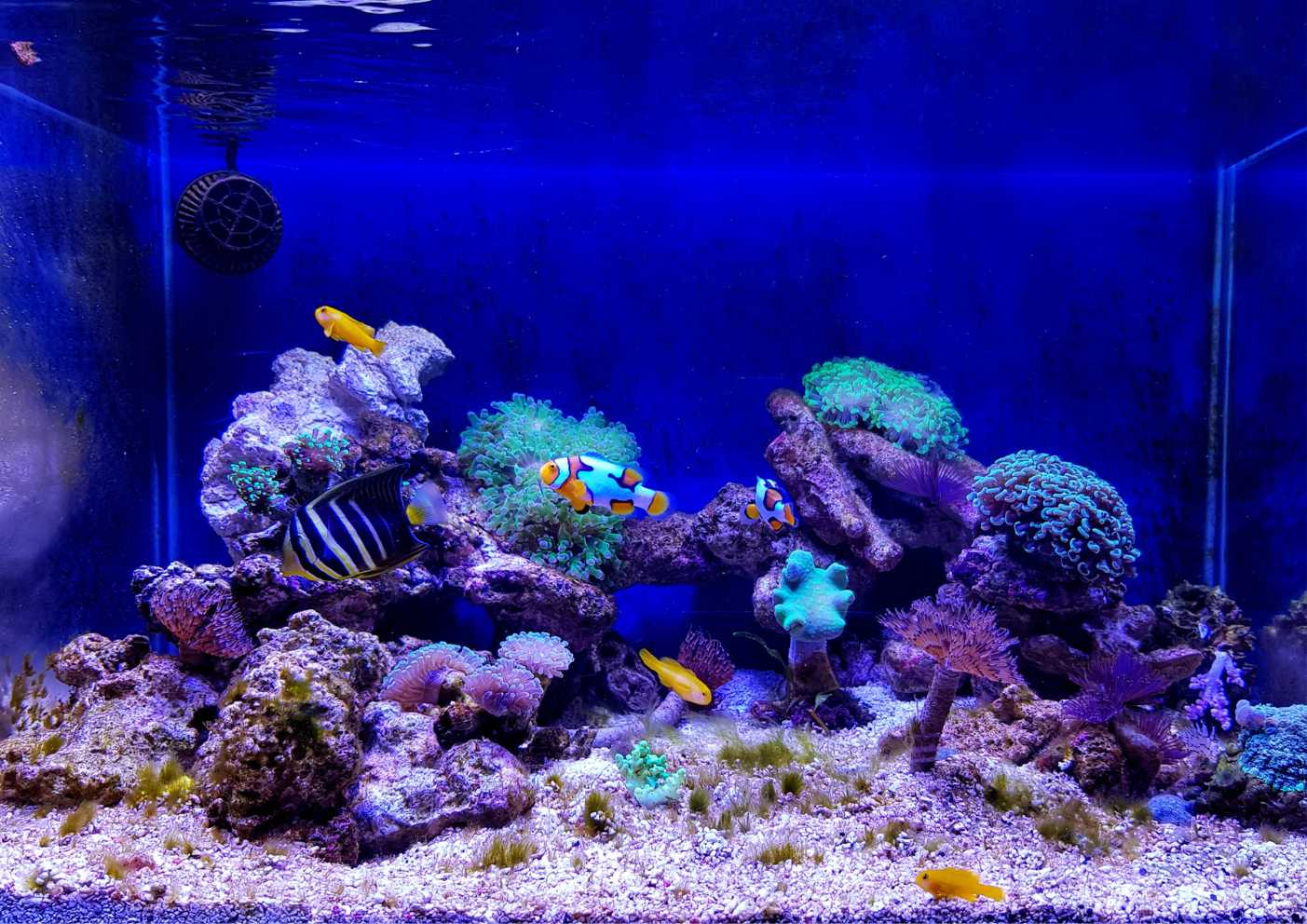
Different Aquariums to Choose From
There are several different fish aquariums to choose from, each with its unique set of characteristics and considerations. Some of the most popular types include:
- Freshwater aquarium: This aquarium is designed to house freshwater fish and plants. Freshwater aquariums are the most common type of fish tank, and they can be set up with a wide variety of fish and plants. They are relatively easy to maintain and are an excellent choice for beginners.
- Saltwater aquarium: This aquarium is designed to house saltwater fish and corals. Saltwater aquariums are more complex to set up and maintain than freshwater aquariums, but they can be quite beautiful and rewarding. They require specific lighting, water movement, and chemistry, and the fish and corals can be more expensive than freshwater fish.
- Planted aquarium: This aquarium is designed to house live plants and fish. Planted aquariums can be freshwater or saltwater, requiring specific lighting, water chemistry, and plant care to thrive. They can be stunning and provide a natural environment for the fish.
- Reef aquarium: This aquarium is designed to house corals, other invertebrates, and fish. Reef aquariums are the most complex type of saltwater aquarium to set up and maintain, and they require specific lighting, water movement, and water chemistry. They can be very beautiful and provide a natural environment for fish and corals.
- Biotope aquarium: This type of aquarium is designed to recreate a specific natural habitat, such as a stream, river, or lake, for the fish. Biotope aquariums can be freshwater or saltwater and require specific water parameters, fish, and plants native to that particular habitat.
- Coldwater aquarium: This type is designed to house fish that require colder water temperatures, such as goldfish, koi, or sturgeon. Coldwater aquariums require specific water parameters and filtration, and they can be more challenging to maintain than tropical fish tanks.
Ultimately, the type of fish aquarium you choose will depend on the fish you want to keep and your experience with aquarium maintenance. It’s essential to research the specific needs and requirements of the fish and plants you want to keep before making a decision.
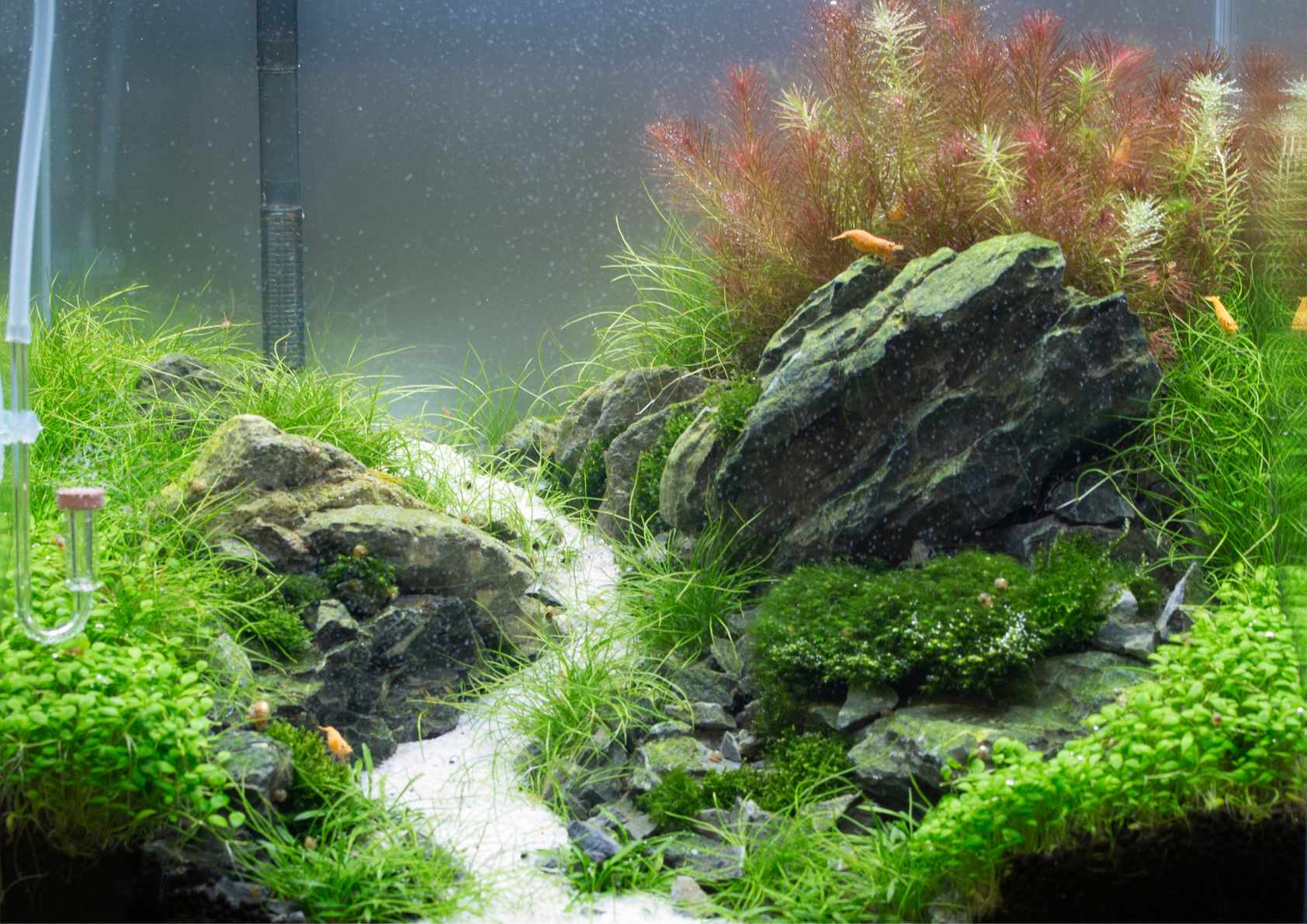
Consider Getting a Nano Aquarium
If you’re considering having fish as pets, you might want to consider getting a nano aquarium. A nano aquarium, also known as a “nano tank,” is a small fish tank that typically ranges from 2 to 20 gallons in size. They are designed to be compact and easy to set up, making them an excellent choice for beginners or people with limited space.
Nano aquariums are typically used to house small fish, shrimp, or snails, and they can be set up as freshwater, saltwater, or planted aquariums. They have become increasingly popular in recent years due to their small size and ease of maintenance.
Due to their small size, nano aquariums require less water, less equipment, and less energy to operate, making them an eco-friendly option. They are also less expensive to set up and maintain than larger aquariums. However, due to their small size, they have less room for error, and keeping the water quality and parameters in check is very important.
Nano aquariums can be a great way to get into the hobby of keeping fish, but it’s important to research the specific needs of the fish or invertebrates you want to keep before deciding. It’s also vital to ensure that the aquarium is large enough to accommodate the fish you plan to keep.
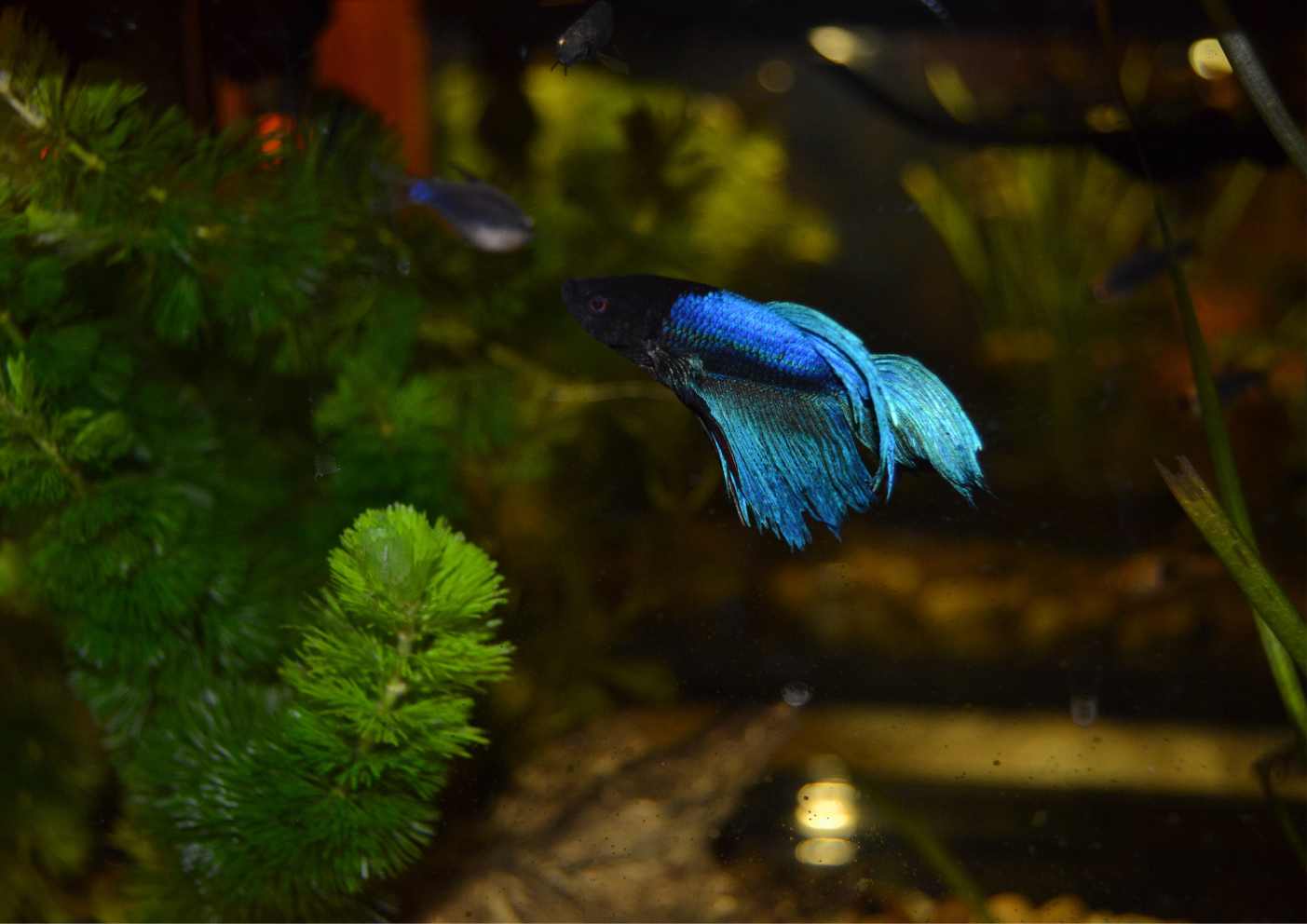
Here are a few things to consider before buying a nano aquarium:
- Size: Nano aquariums typically range from 2 to 20 gallons in size. It’s important to consider the size of the aquarium with the type of fish or invertebrates you plan to keep. Smaller fish and invertebrates require less space, while larger fish require a larger tank.
- Filtration: Because of their small size, nano aquariums require a different type of filtration than larger aquariums. It’s essential to research the different filtration options available and choose one that is appropriate for the size of your tank and the type of fish or invertebrates you plan to keep.
- Lighting: Many nano aquariums have built-in lighting, but it’s critical to research the different lighting options available and choose one appropriate for the type of fish or invertebrates you plan to keep. For their growth and well-being, some species of fish and invertebrates require specific lighting, such as LED or T5.
- Heating: Nano aquariums require a specific type of heating to maintain the appropriate water temperature for the fish or invertebrates you plan to keep. It’s important to research the different heating options available and choose one that is appropriate for the size of your tank.
- Maintenance: Nano aquariums require regular maintenance, including frequent water changes and tank and equipment cleaning. It’s crucial to research the specific maintenance requirements of the fish or invertebrates you plan to keep and ensure that you can meet those requirements before making a decision.
- Compatibility: It’s vital to research the compatibility of the fish or invertebrates you plan to keep and ensure that they can coexist in the same tank without causing harm to one another.
- Cost: Nano aquariums can be less expensive to set up and maintain than larger aquariums, but it’s essential to consider the cost of equipment, fish, and maintenance before making a decision.
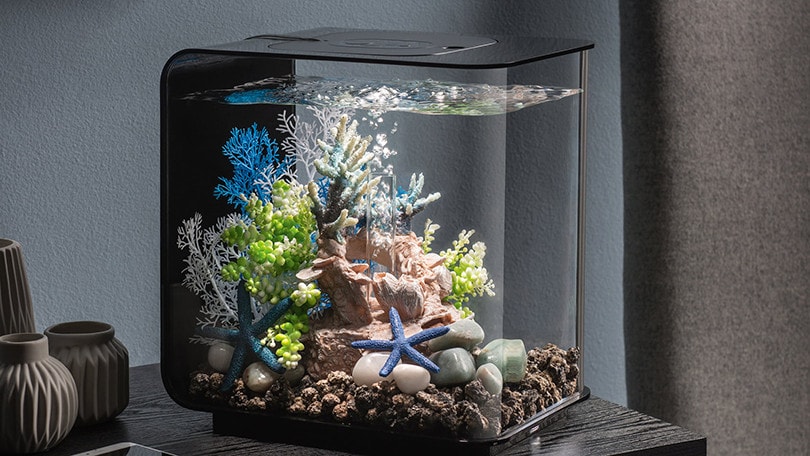
How to Successfully Keep a Nano Aquarium
To successfully keep a nano aquarium, it is vital to do the following:
- Research the type of fish and plants appropriate for a nano aquarium, as they will have specific water parameters and tank size needs.
- Make sure the tank is cycled correctly before adding any fish or plants. It means establishing beneficial bacteria colonies that help break down waste and keep the water clean.
- Maintain good water quality by performing regular water changes and testing the water for pH, ammonia, nitrite, and nitrate levels.
- Provide proper filtration, lighting, and heating for the specific species of fish and plants in the tank.
- Feed the fish and plants appropriate amounts of food and avoid overfeeding, which can cause water quality issues.
- Keep a close eye on the tank and its inhabitants, and address any issues quickly.
- Finally, do not overstock the tank, as this will put a strain on the filtration and water quality, and also it will make the fish uncomfortable.
When choosing fish or invertebrates for a nano aquarium, it’s important to consider their size, compatibility with other species, and specific care requirements. Some species that are well-suited for nano aquariums include:
- Neon tetras: These small, colorful fish are peaceful and easy to care for. They do well in groups and prefer water temperatures between 72-81 degrees Fahrenheit.
- Guppies: Guppies are small and hardy and come in various colors. They are livebearers, which means they give birth to live young, so it’s important to have a male-to-female ratio of at least 2:1 to prevent overpopulation.
- Shrimp: Shrimp are great for nano aquariums because they are small and peaceful. They also help keep the tank clean by eating algae and detritus. Some popular species include cherry, ghost, and red cherry shrimp.
- Snails: Snails are also great for nano aquariums because they are small and peaceful. They also help keep the tank clean by eating algae and detritus. Some popular species include nerite snails, trumpet snails, and mystery snails.
It’s important to note that, regardless of the fish you choose, you should always research the specific care requirements for each species and ensure that your nano aquarium is set up to meet those requirements before adding fish.
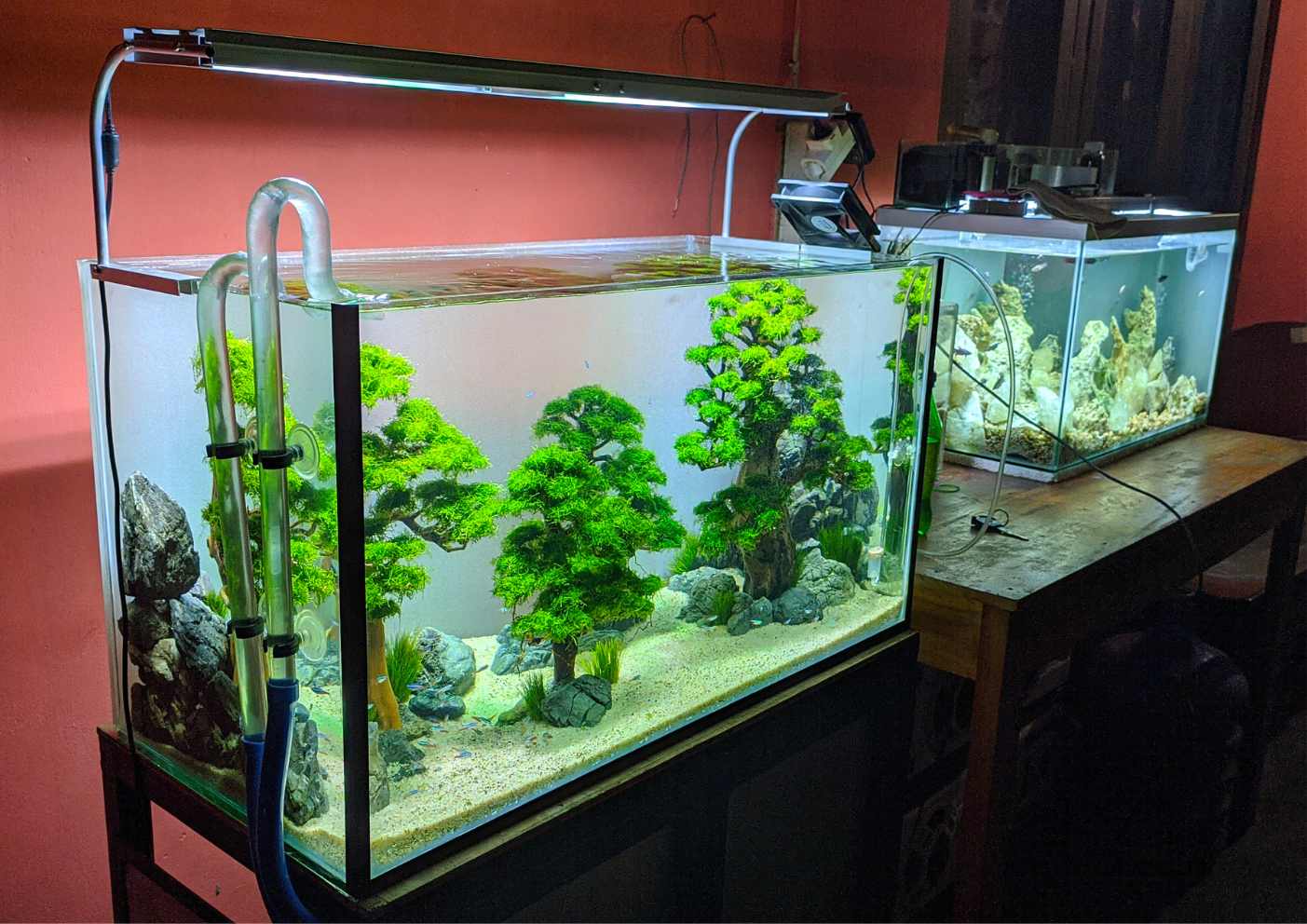


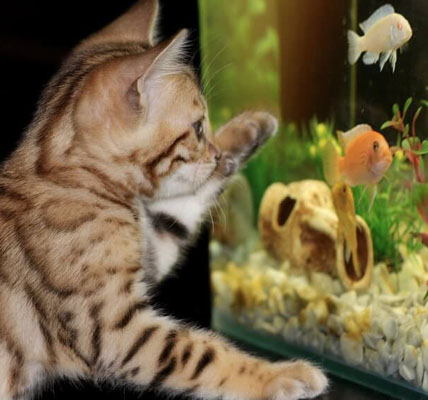


Leave a Reply